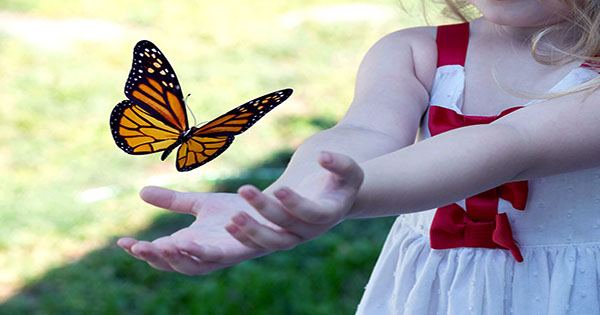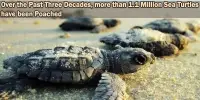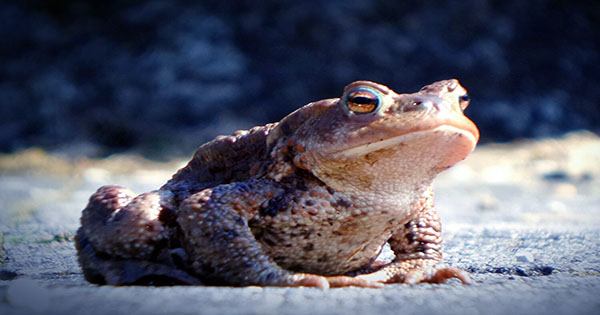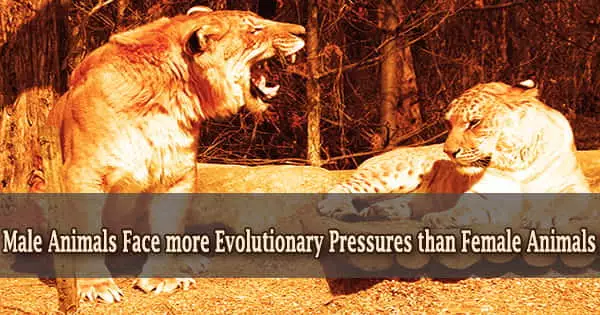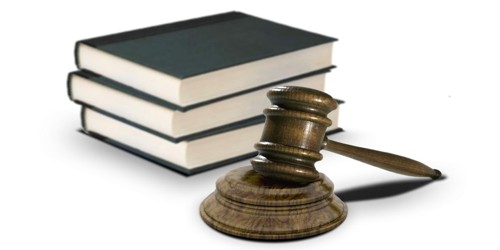Milkweed butterflies claw at caterpillars and gulp out their contents, according to an observational study of butterflies in Indonesia. While eating your own young may appear to be a step backward in evolution, the researchers behind the current study believe the behavior is fueled by the heady, alluring odors of alkaloid-rich saps, which may be reached by scratching the plant or, apparently, tearing up newborn butterflies.
The habit has been dubbed “kleptopharmacophagy” by the researchers, who believe it is the first time it has been properly acknowledged in any butterfly species. Milkweed butterflies of the Danaine subfamily are observed in the coastal woodlands of Tangkoko Batuangus Nature Reserve in North Sulawesi, Indonesia. The term “kleptomania” comes from the Greek word “klepto” and is used in biology to describe creatures that “take” nutrients or materials from other organisms, such as kleptotrichy birds that steal fur from living mammals.
Necrophagy is the practice of consuming an animal after it has died, particularly one that has perished at the hands of a carnivore other than the one that is currently feasting on its carcass. Vultures and hyenas, for example, are scavenging creatures.
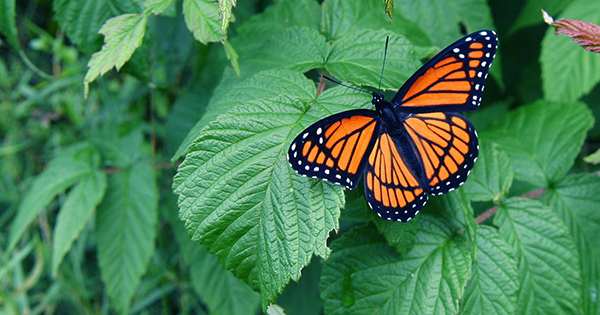
Kleptopharmacophagy falls somewhere in the middle of these two feeding techniques, relying on the body of another animal to reap the benefits of the chemicals harvested. This is the alkaloid-rich sap that the milkweed butterfly caterpillar feeds on.
“Alkaloids are used by Danaine butterflies for two major reasons,” candidate Yi-Kai Tea told IFLScience. “The first, as a chemical deterrent,” says the author. Milkweed sap is particularly toxic to vertebrates; hence danaine butterflies are avoided by many birds and lizards. These toxins are sequestered by butterflies throughout their larval phases and then transferred to adults during metamorphosis. Adults can increase their innate toxicity by scratching and drinking from alkaloid-containing plants. With their vivid colors and sluggish, careless flying, they proclaim their unpalatability.
“The second reason is to produce pheromones. Alkaloids are necessary for male danaine butterflies to manufacture mating pheromones, which they utilize to attract females for courtship. They also convey the poisons to females in a sperm packet during mating.”
Previously, it was assumed that milkweed butterflies gathered sap by “leaf scratching” the plant, but new research has revealed a group of milkweed butterflies that were cutting up live caterpillars instead of scratching the plant. Seven species of Danaine butterflies were observed practicing kleptopharmacophagy by the research team.
